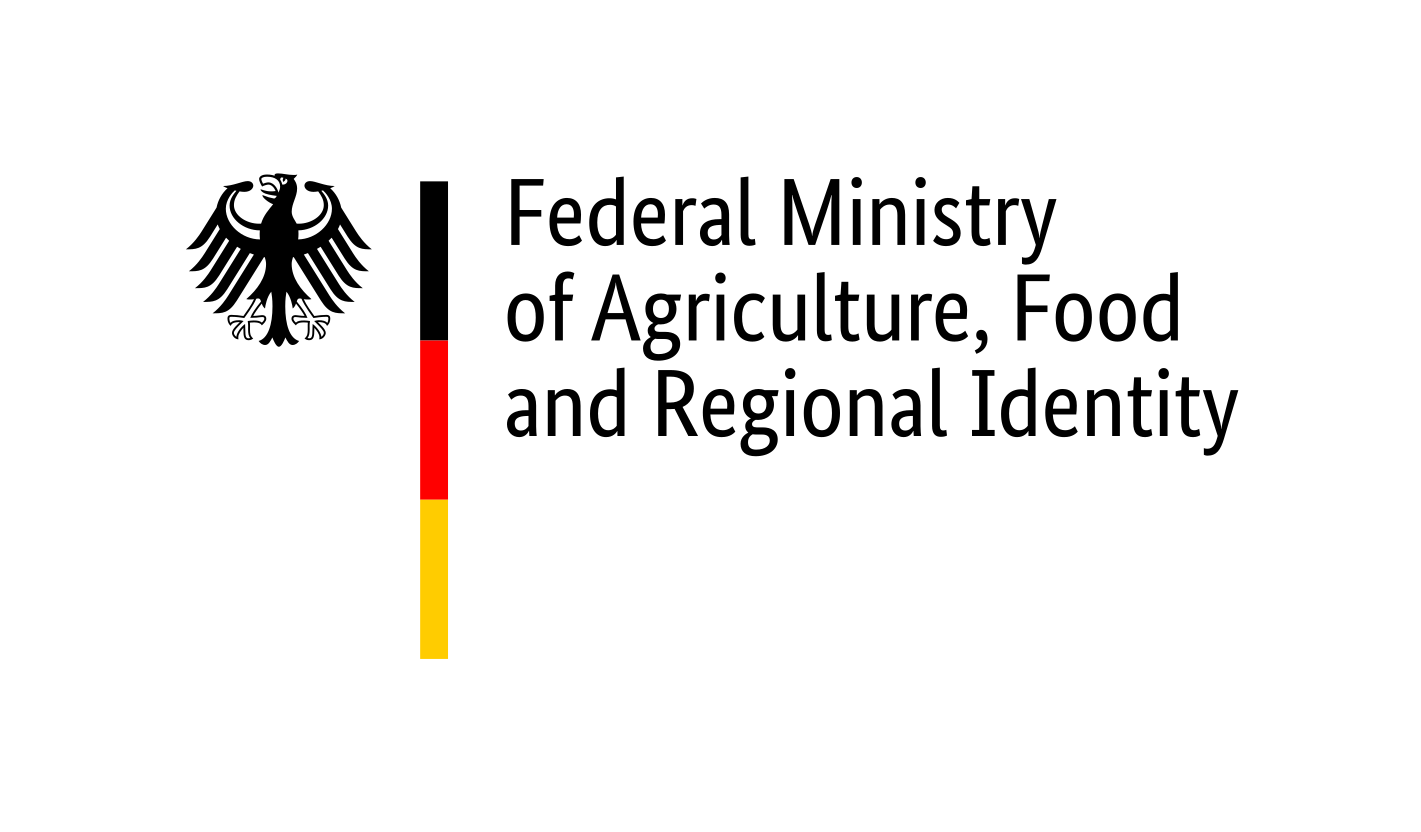

The occurrence and diversity of insects and other organism groups in agricultural landscapes is significantly influenced by the use and intensity of agricultural land. Monitoring biodiversity in agricultural landscapes therefore requires - in addition to knowledge about the distribution and diversity of organism groups - a representative database on land use and habitat diversity in the agricultural landscape.
Satellite remote sensing is capable of recurrent and area-wide coverage of the land surface and from this to generate information on land use and its change. This includes information on the status quo, on short-term changes as well as on trends in land use.
The aim of the module "Land use monitoring - based on remote sensing" is to create a data basis as well as a geodata infrastructure that will enable regular and long-term documentation of the status and changes in the agricultural landscape for trend monitoring on the basis of satellite images and other geodata. For this purpose, a number of attributes of land use and land use intensity are first recorded in the first phase. From these, satellite-based biodiversity indicators will be generated in the second phase, which will provide a basis for the future evaluation of measures to conserve and improve biodiversity in agricultural landscapes for Germany.
Stefan Erasmi
Thünen-Institute for Farm Economics
stefan.erasmi(at)thuenen(dot)de
Marcel Schwieder
Thünen-Institute for Farm Economics
marcel.schwieder(at)thuenen(dot)de
Markus Möller
Julius Kühn-Institute for Crop and Soil Science
markus.moeller(at)julius-kuehn(dot)de
Heike Geringhausen
Julius Kühn-Institute for Crop and Soil Science
heike.geringhausen(at)julius-kuehn(dot)de